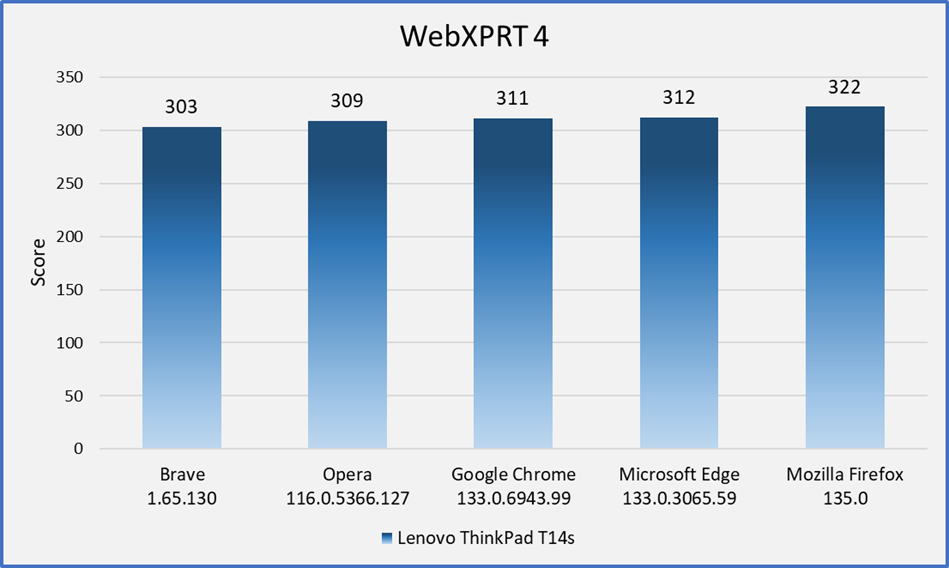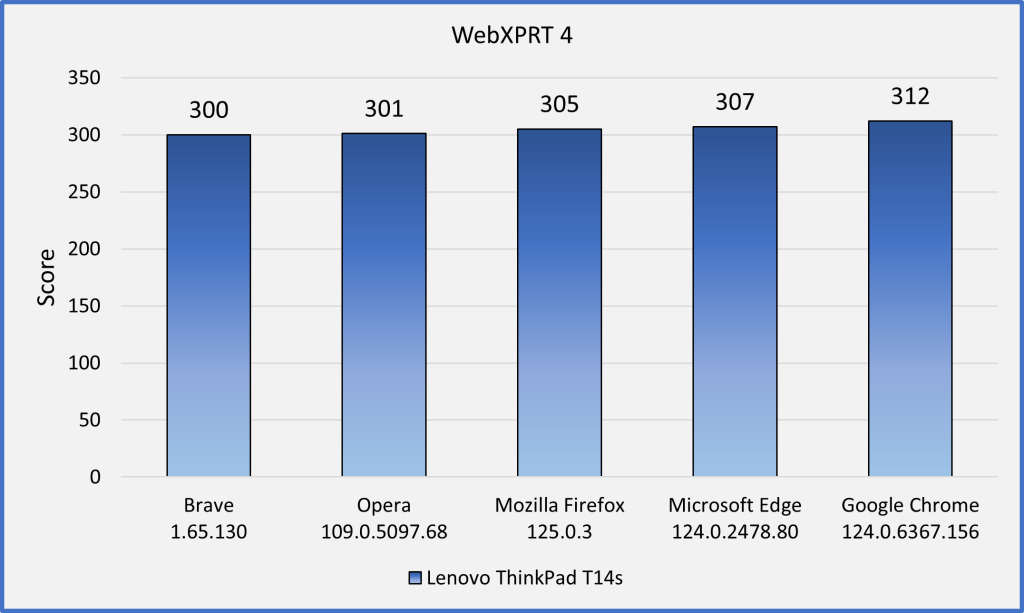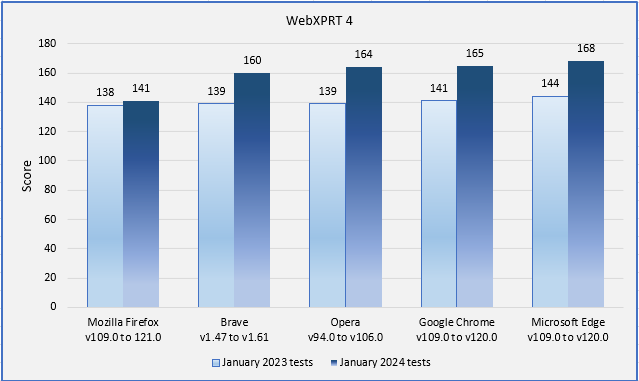Back in January, we discussed the ChromeOS team’s decision to eventually end support for all user-installed Chrome Apps—including CrXPRT 2—upon the release of Chrome 138 in July of this year. As best we can tell, the move is part of their overall strategy of transitioning all support to Chrome extensions and Progressive Web Apps. We knew that after the support cutoff date, we would not be able to publish any fixes or updates for CrXPRT 2, but we weren’t exactly sure how the transition would affect the app’s overall functionality.
We’ve now confirmed that while CrXPRT 2 still functions normally through Chrome 138.0.7204.255 (beta), the app does not launch at all on Chrome Canary 139. Consequently, we expect that stable channel system updates will disable CrXPRT 2 on most systems after Chrome 139 goes live on August 5th. We will initially leave CrXPRT 2 on our site for those who want to use it on older versions of Chrome, but over time we will archive it as an inactive benchmark.
We want to extend our heartfelt thanks to the many people around the world who used CrXPRT 2 for lab evaluations, product reviews, and individual testing over the past several years. We’re grateful for your support! We will update readers here in the blog if we decide to pursue new ChromeOS benchmark development work in the future.
Justin















